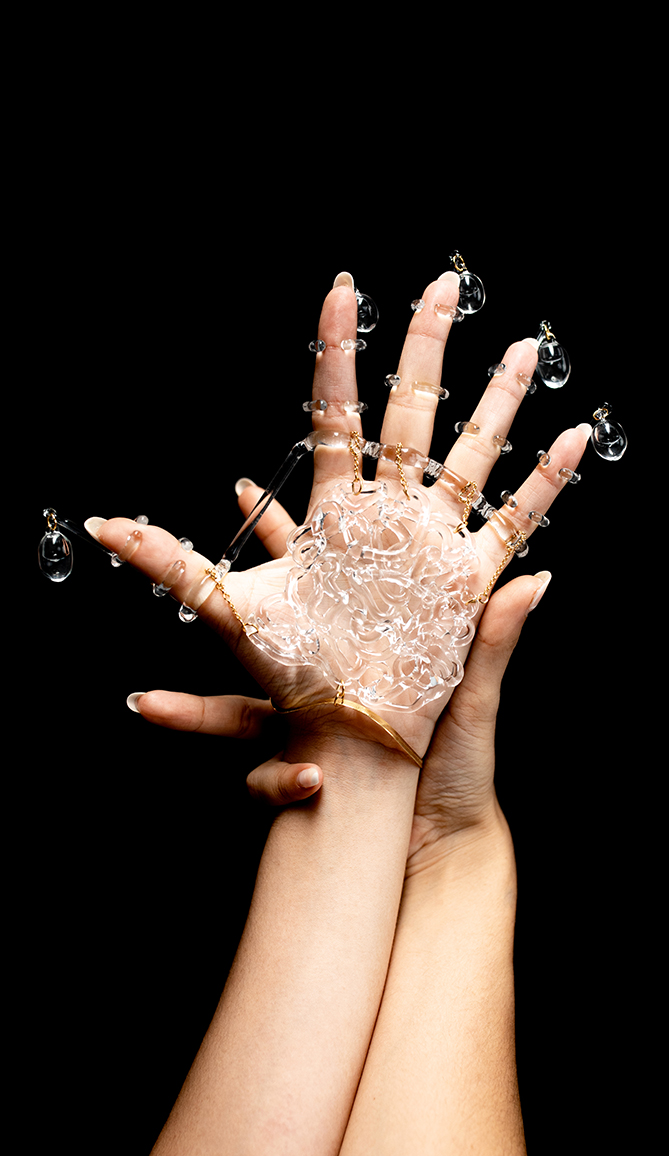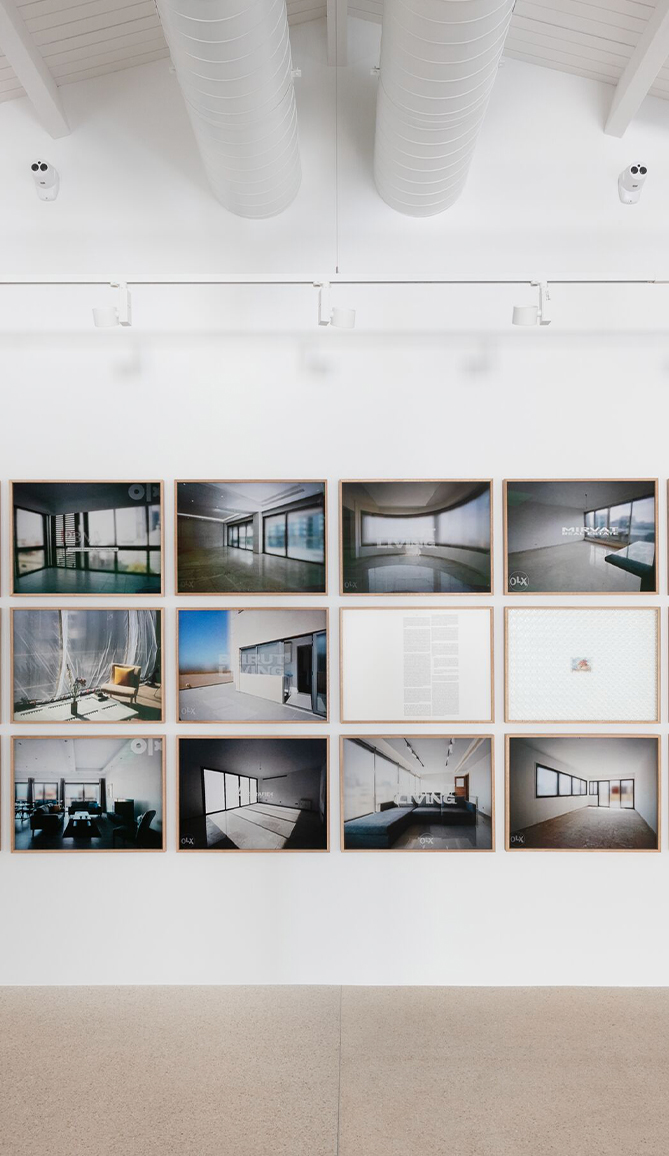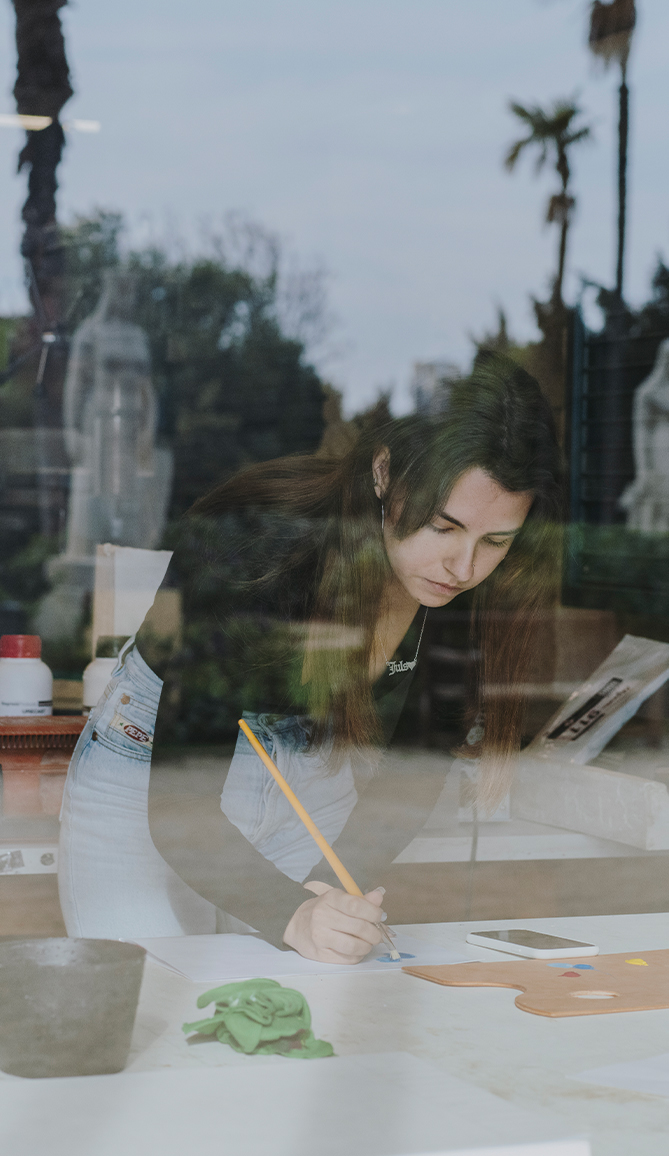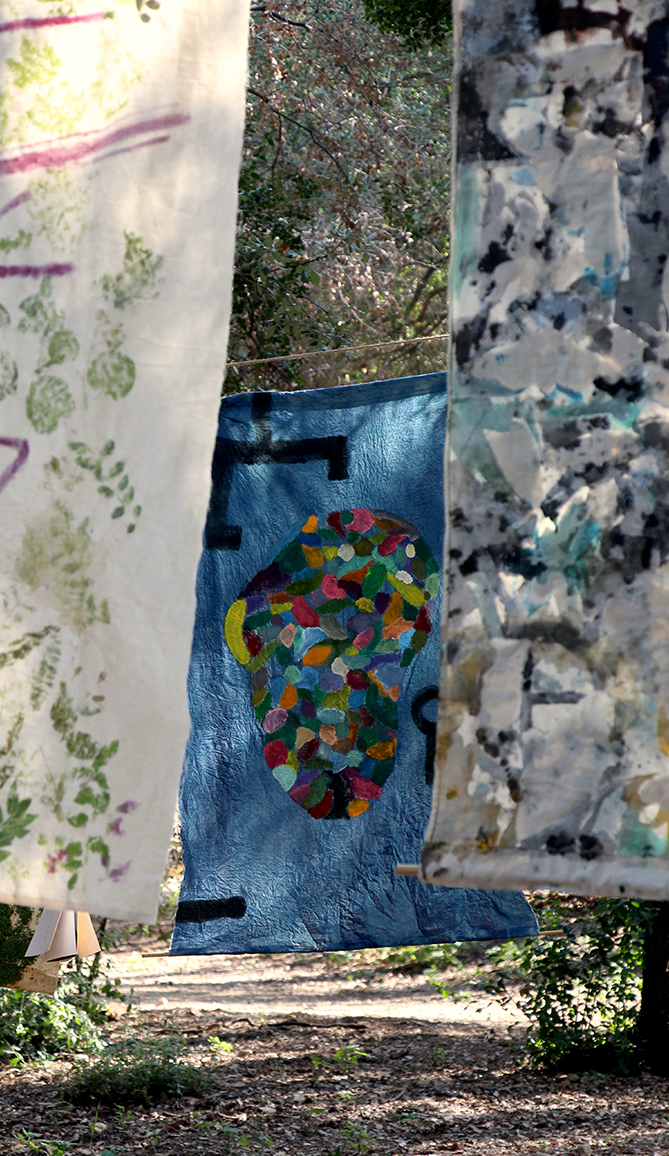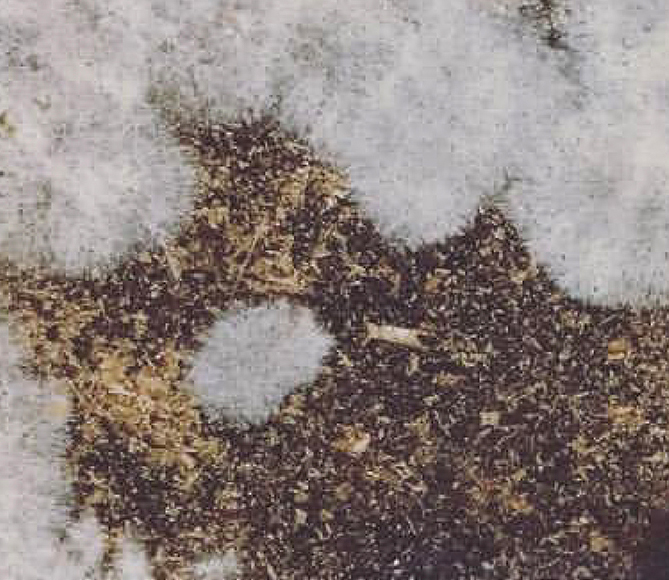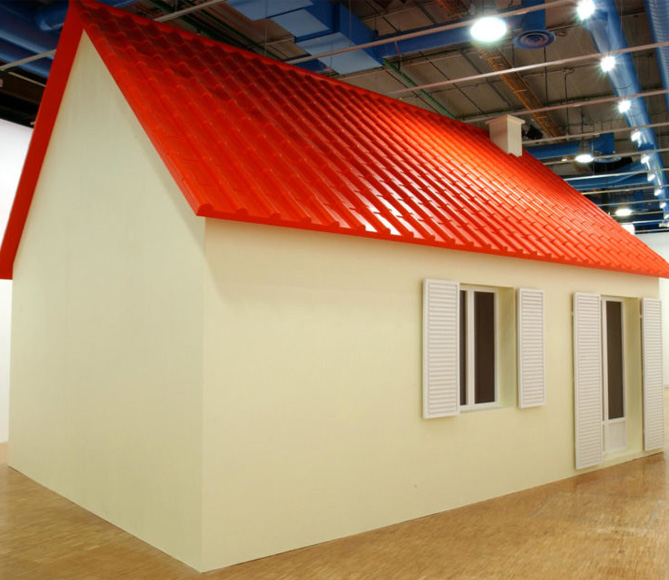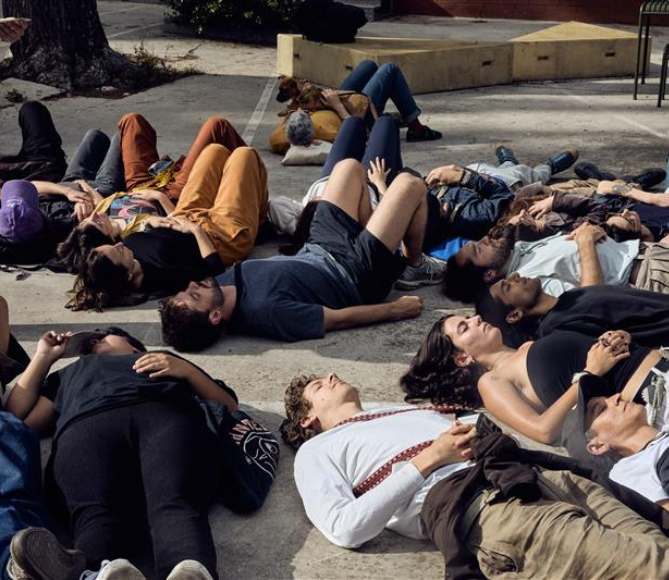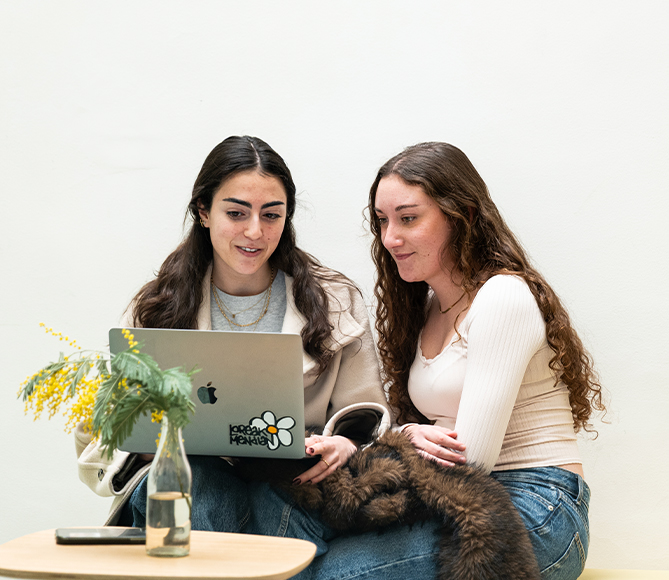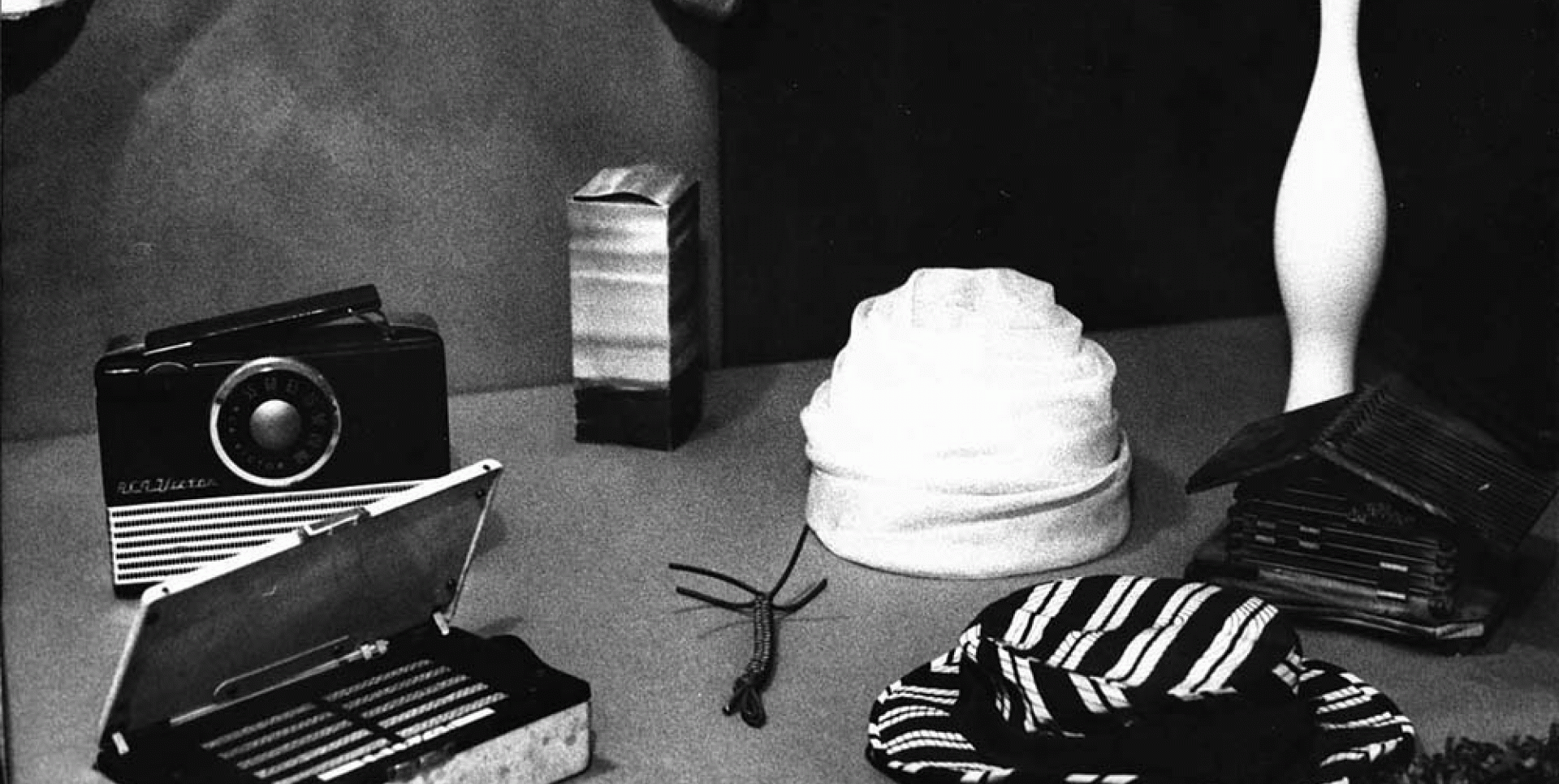The discussion sessions with Gruppo 63 (1967) at EINA with a group of Italian intellectuals including Umberto Eco, Gillo Dorfles, and Nani Balestrini and EINA professors and Catalan intellectuals such as Gabriel Ferrater, Oriol Bohigas, Federico Correa, Mestres Quadreny, Carlos Barral, and Jaime Gil de Biedma, among others, resulted in an entire series of activities focused on the study of semiology which also featured the aesthetics seminars in 1967 and 1968.
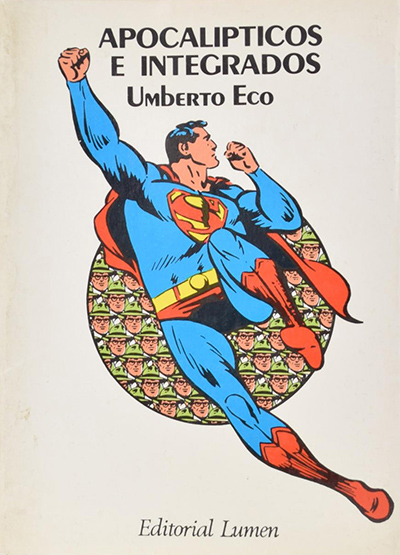
In 1969, Umberto Eco returned to EINA to give a seminar on the semiotic impact of mass media, and comics in particular, a topic also discussed by Roman Gubern at the school a year earlier. The seminar coincided with the Travessera de Gracia semiological study project carried out as part of Albert Ràfols's classes. At that time, the books Apocalipticos e integrados by Umberto Eco (Lumen, 1968) and Símbolo, comunicación y consumo and Nuevos ritos, nuevos mitos (Lumen, 1969) by Gillo Dorfles, which analyse the problems of kitsch and pop-art, were also published in Spain. Susan Sontag had already published Notes on "Camp" (1964) and Andy Warhol had founded the magazine Interview (1969), dedicated to celebrity worship.
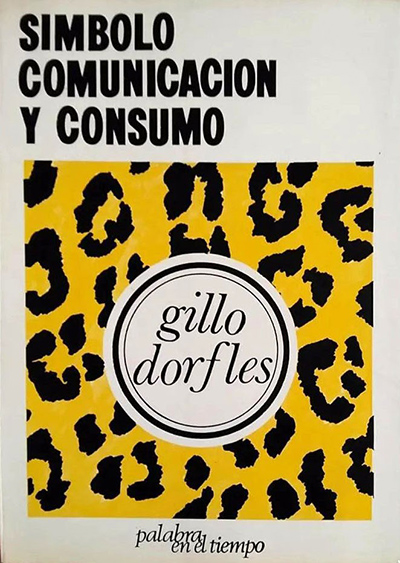
Within this context of asserting place of the kitsch, comics, the camp, and the queer world, EINA held an exhibition under the title Unfashionable Items (which haven’t yet become trendy again) that invited professors, students, and friends of the school to contribute any sort of formerly fashionable object (furniture, photo albums, books, medicine, records, school work, etc.). The exhibition sought to reflect on good taste, fashion, and kitsch.
To move large objects such as furniture, a van was used to collect the materials at each participant’s home. The items that formed part of the exhibition were set up as they arrived at the school.
The objects were treated like museum pieces and were arranged on top of tables lined with satin and skirting.
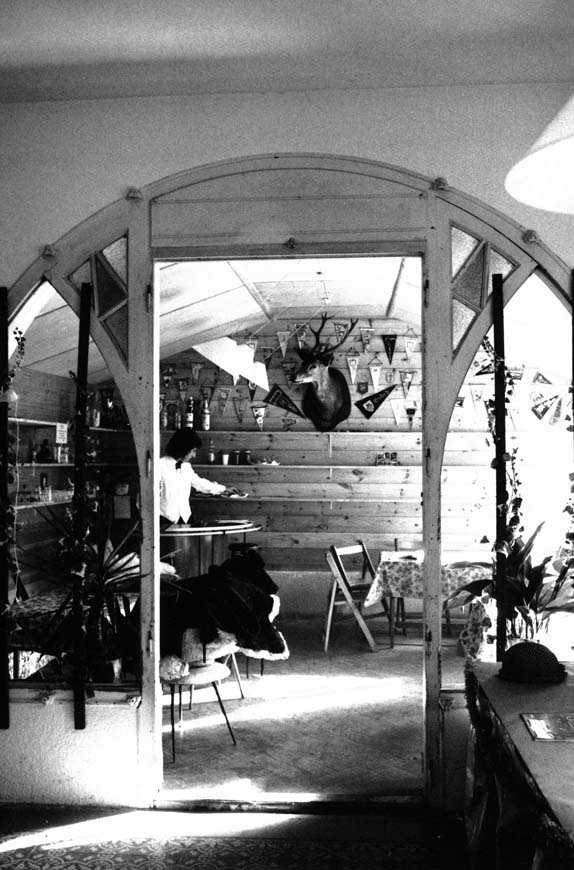
As part of the exhibition, the wooden annex built to expand the main hall at the Casa Dolcet was transformed into a Swiss Chalet-style bar, with highly fashionable decoration from the 1950s.
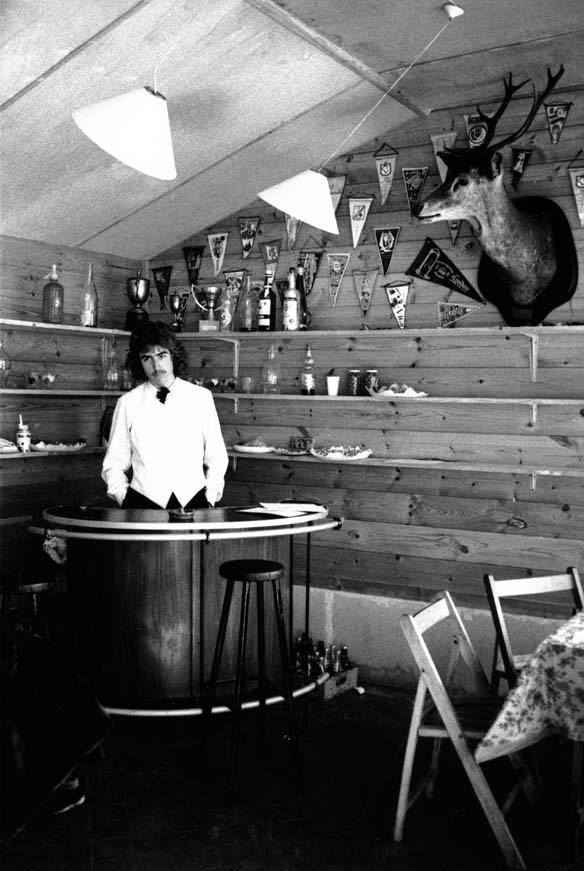
The bar top (in the shape of a kidney) was accompanied by decoration on the back wall consisting of hunting prizes, antlers, and a stuffed deer head along with shelves brimming with trophies won at school sports competitions and the typical pennants that were bought as souvenirs from trips.
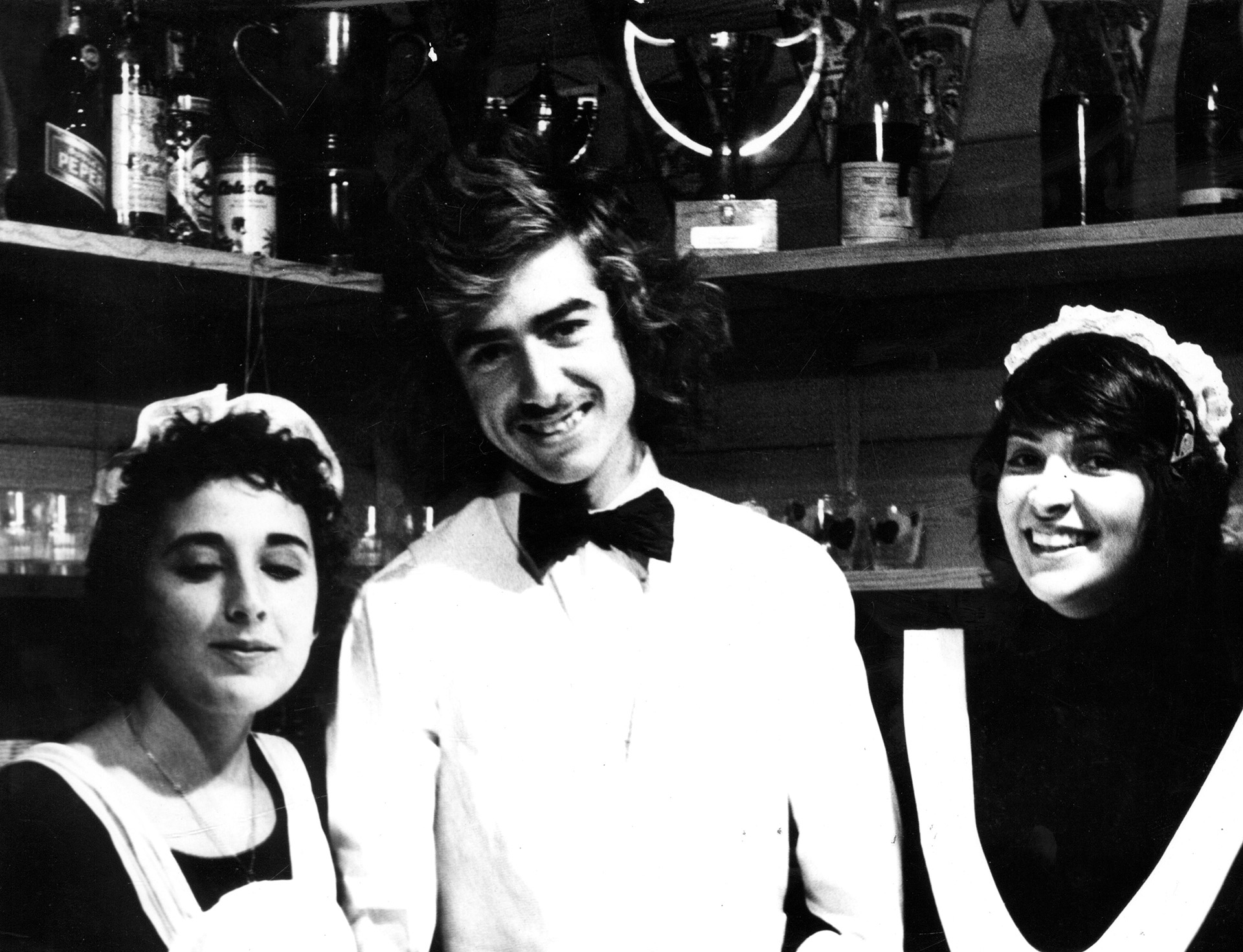
The anachronistically uniformed bar staff included waitresses with bonnets and waiters with bow ties.
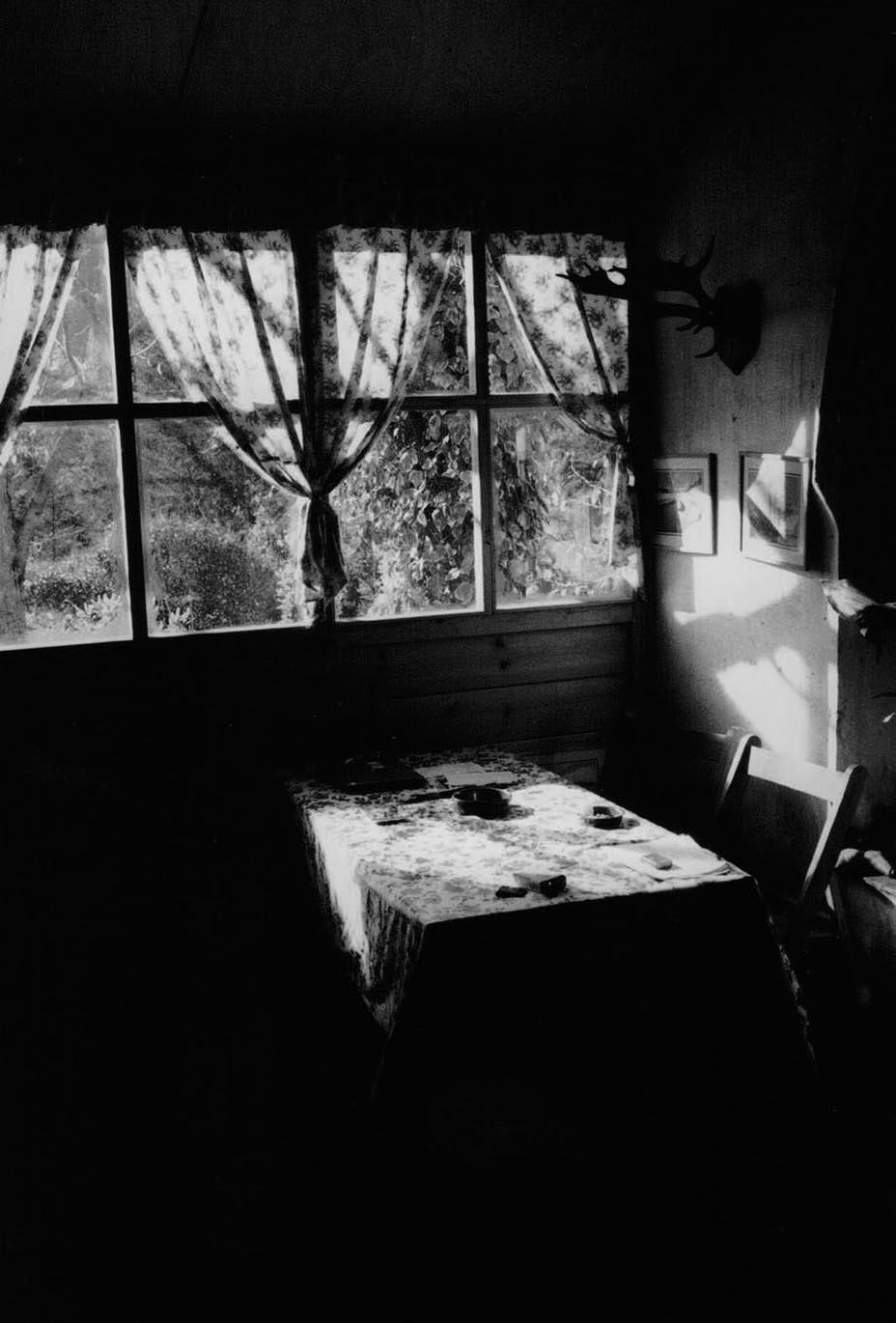
In the windows of the annex, curtains were installed to give the atmosphere a "more intimate" touch.
The exhibition also showcased examples of furniture inappropriately dubbed "functional" that was decorated with pyrography and cone-shaped legs glued diagonally.
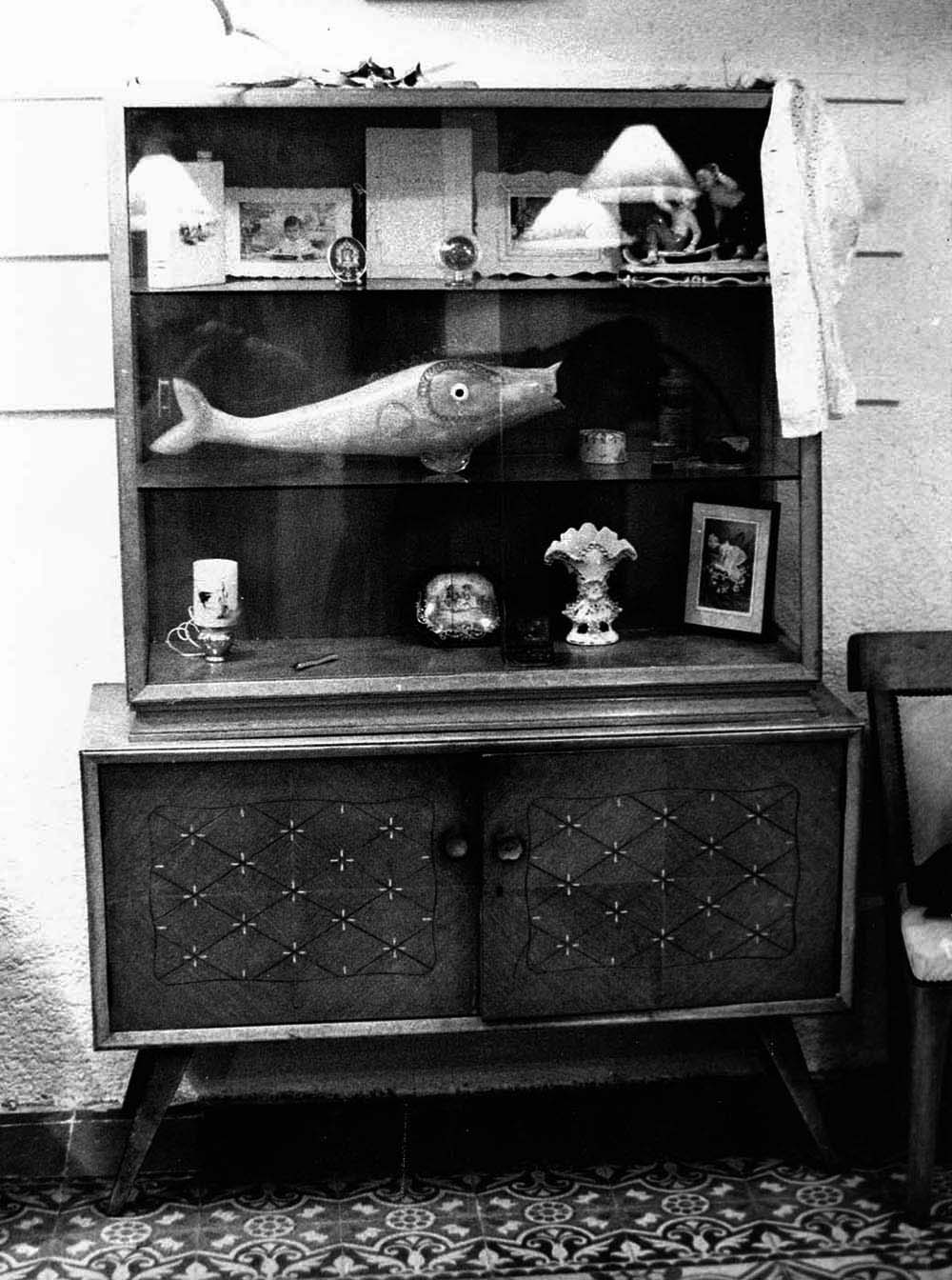
A picture case like the ones that usually graced the dining rooms of homes showed the glassware with green coloured glasses for white wine and red glasses for red wine, Pompadour champagne flutes, as well as decorative objects such as a colourful fish made of blown glass.
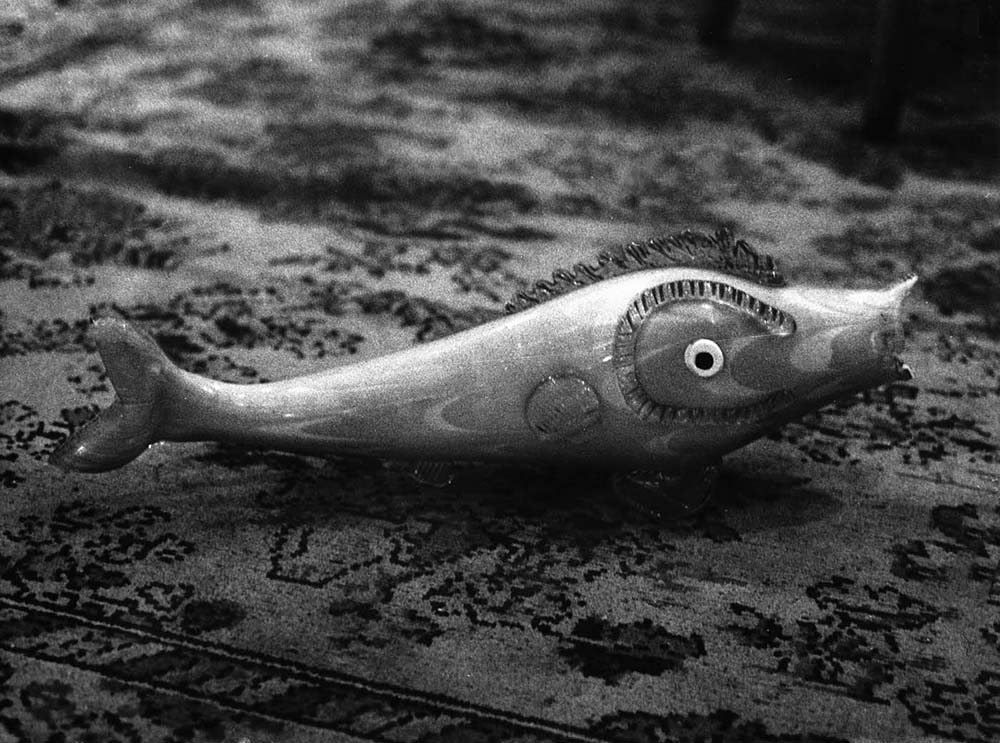
Kidney-shaped accent tables were present in the living room. Such furniture was often made with Formica, imitating materials such as wood or marble.
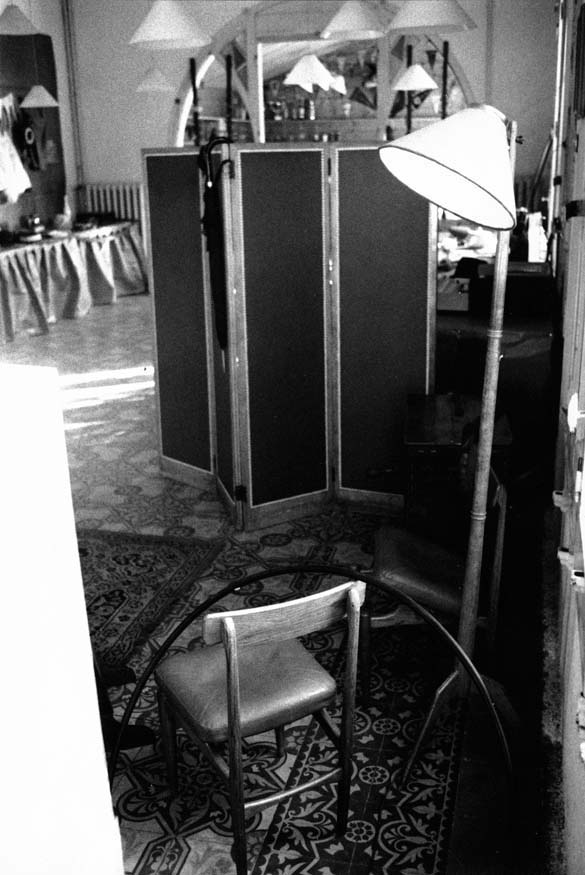
Another traditional type of furnishing present in the exhibition were the central standing lamps with three legs, as well as upholstered screens riveted with tacks and even a hula hoop.
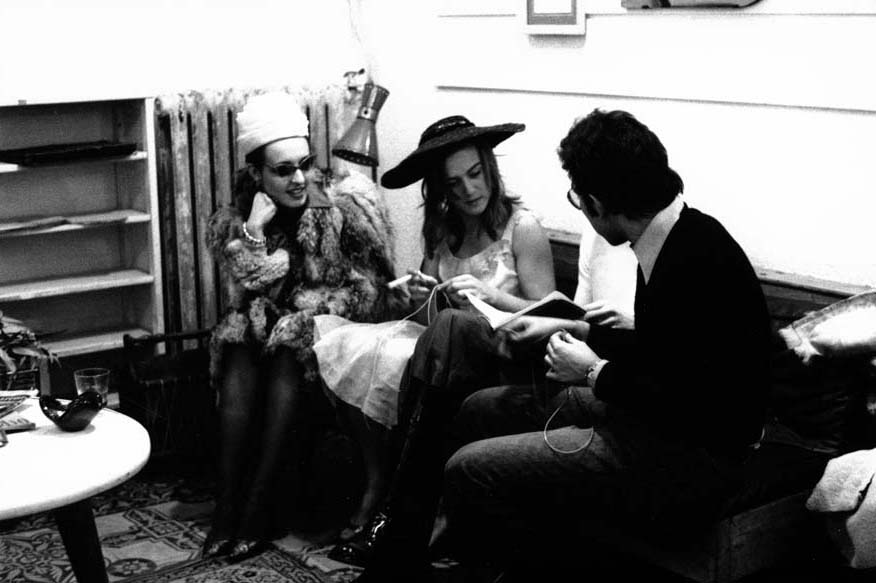
On the sofa installed at the exhibition, a group of students made bracelets and key chains with plastic tubes made of different phosphorescent colours using the scoubidou technique, which was quite popular in the 1960s.
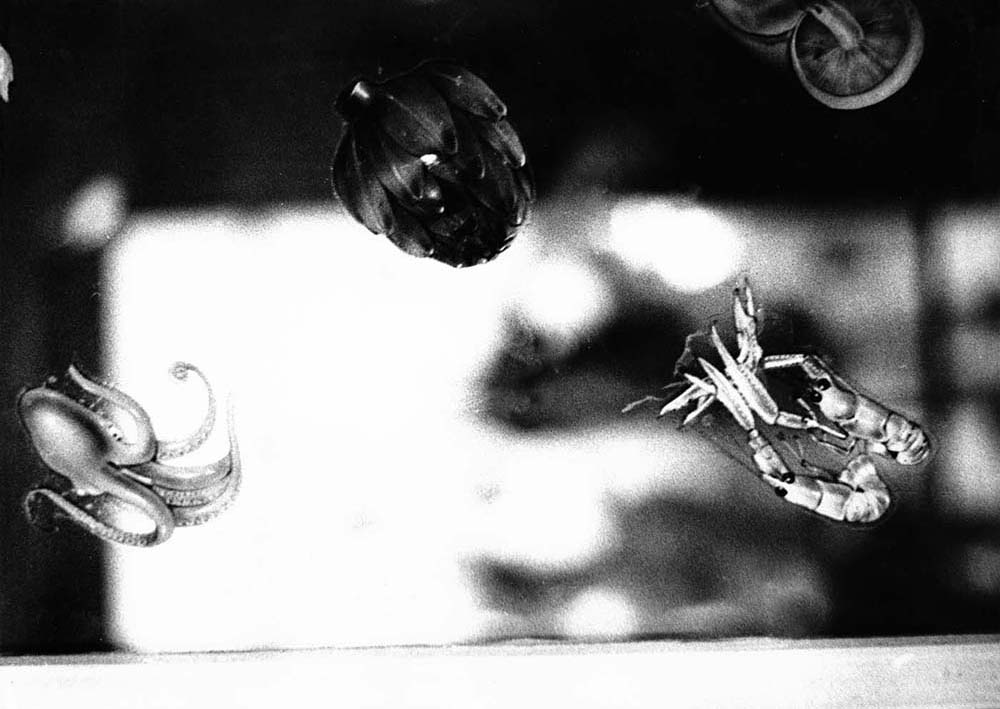
To decorate the kitchen, seafood and vegetable decals were attached to tiles, glass, and mirrors and transferred by applying water.
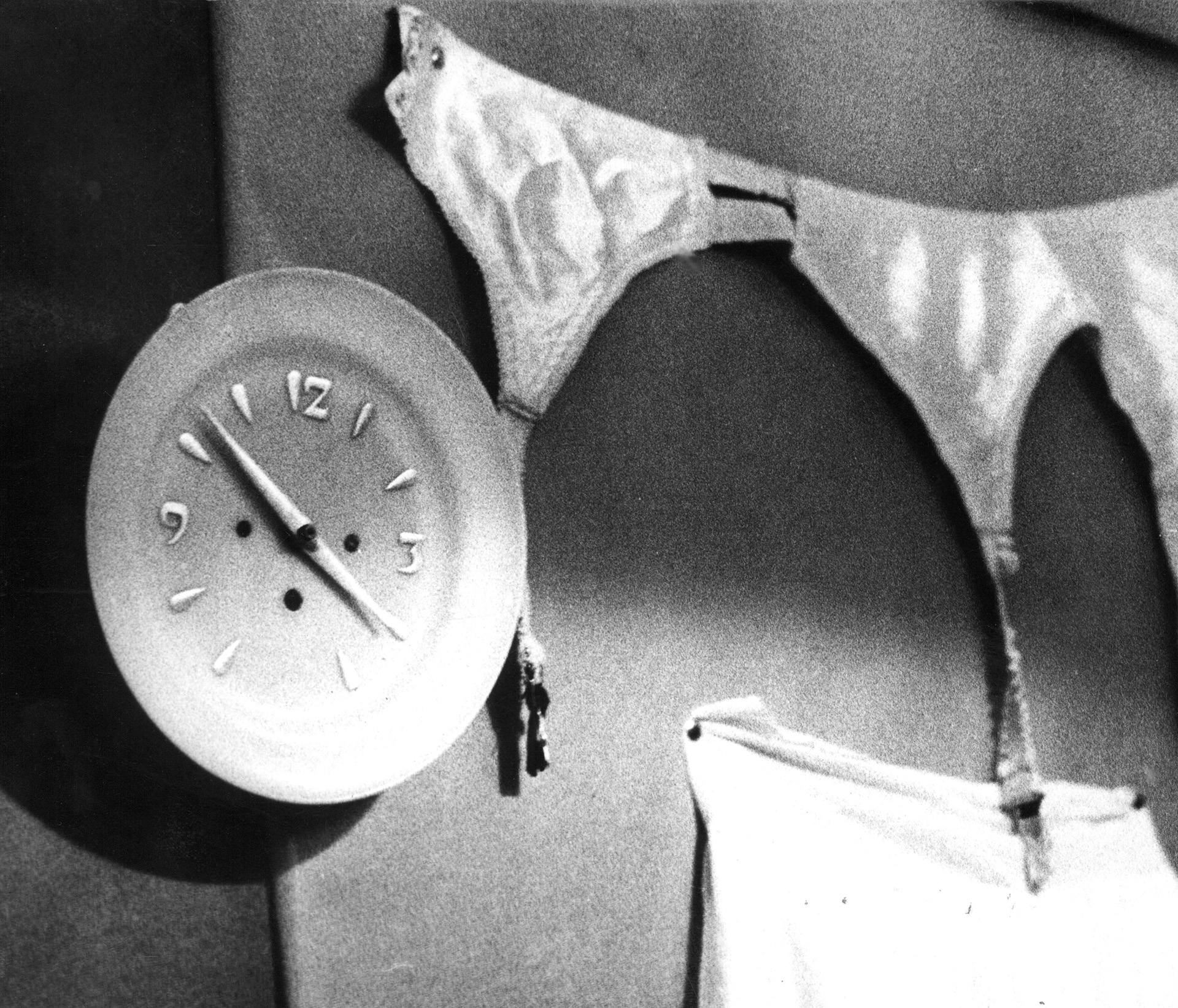
Visitors could also see pieces of disused fine lingerie employed as garters. A plate-shaped kitchen clock rounded out the decoration.
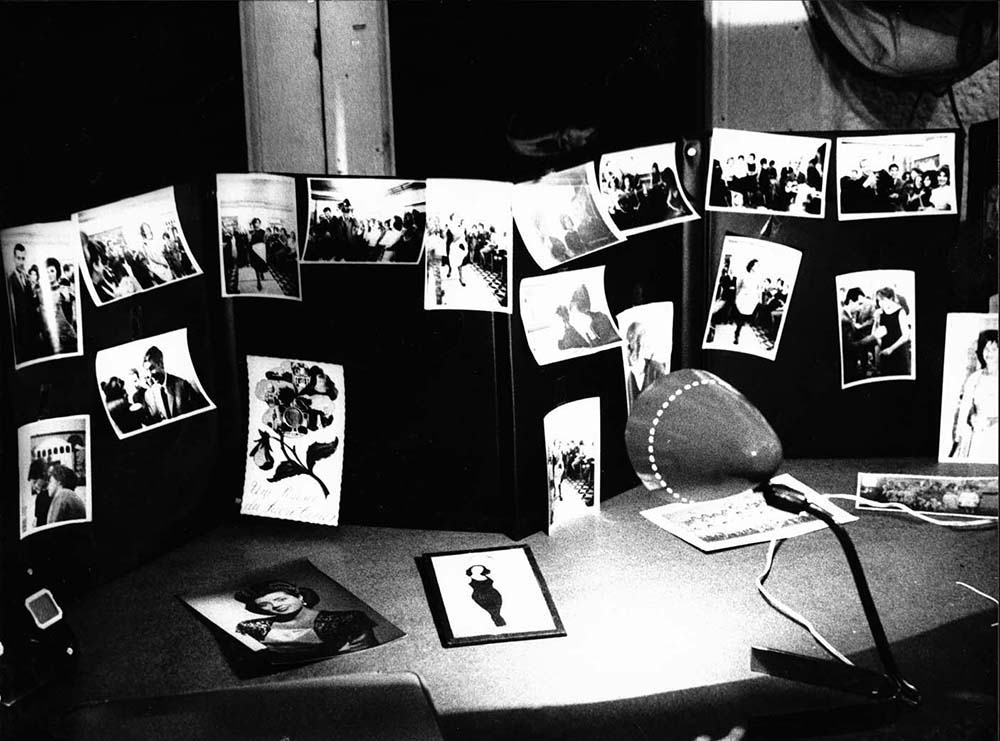
The portraits area, with photographs of the attendees themselves, allowed everyone to be integrated within the exhibition and feel as if they were personally "out of style". A slide projector was also made available for visitors to view the portraits.
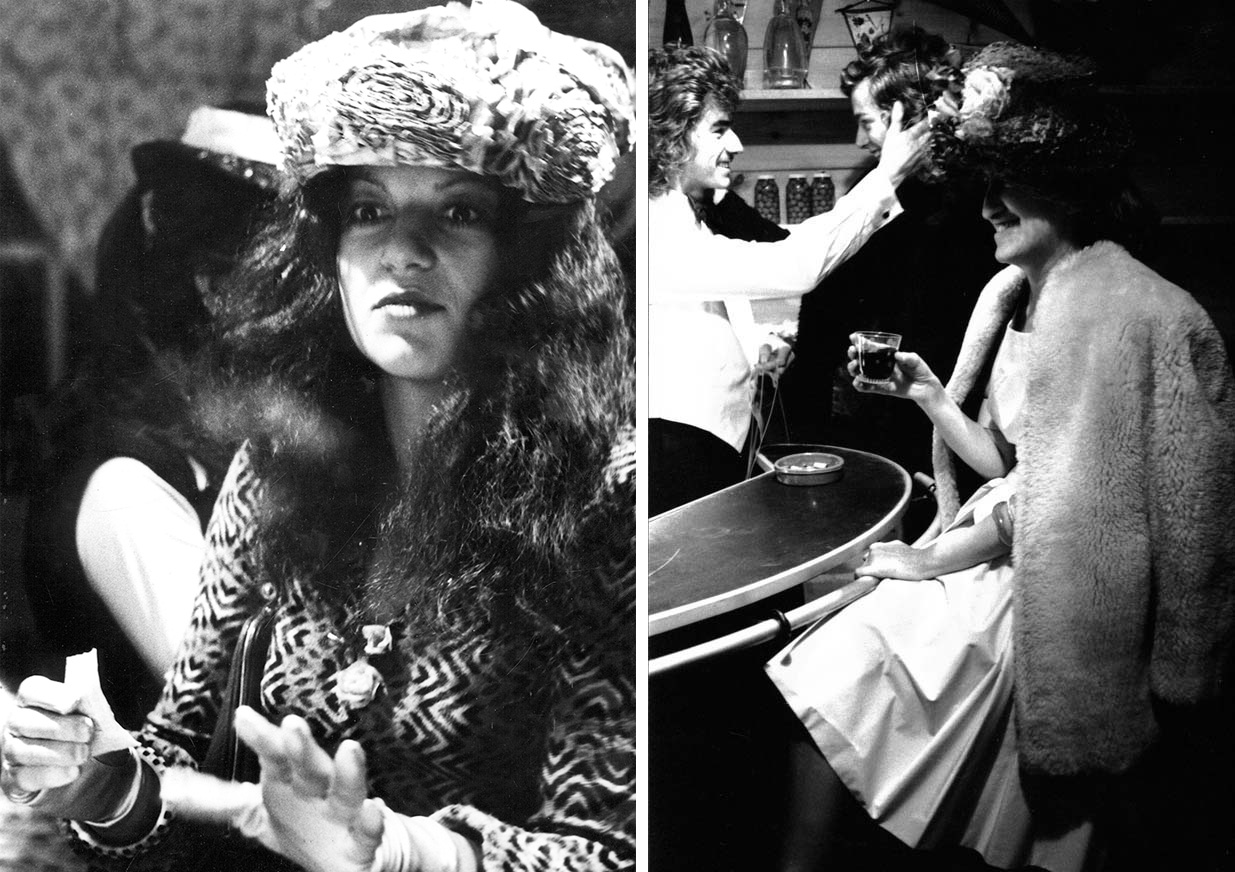
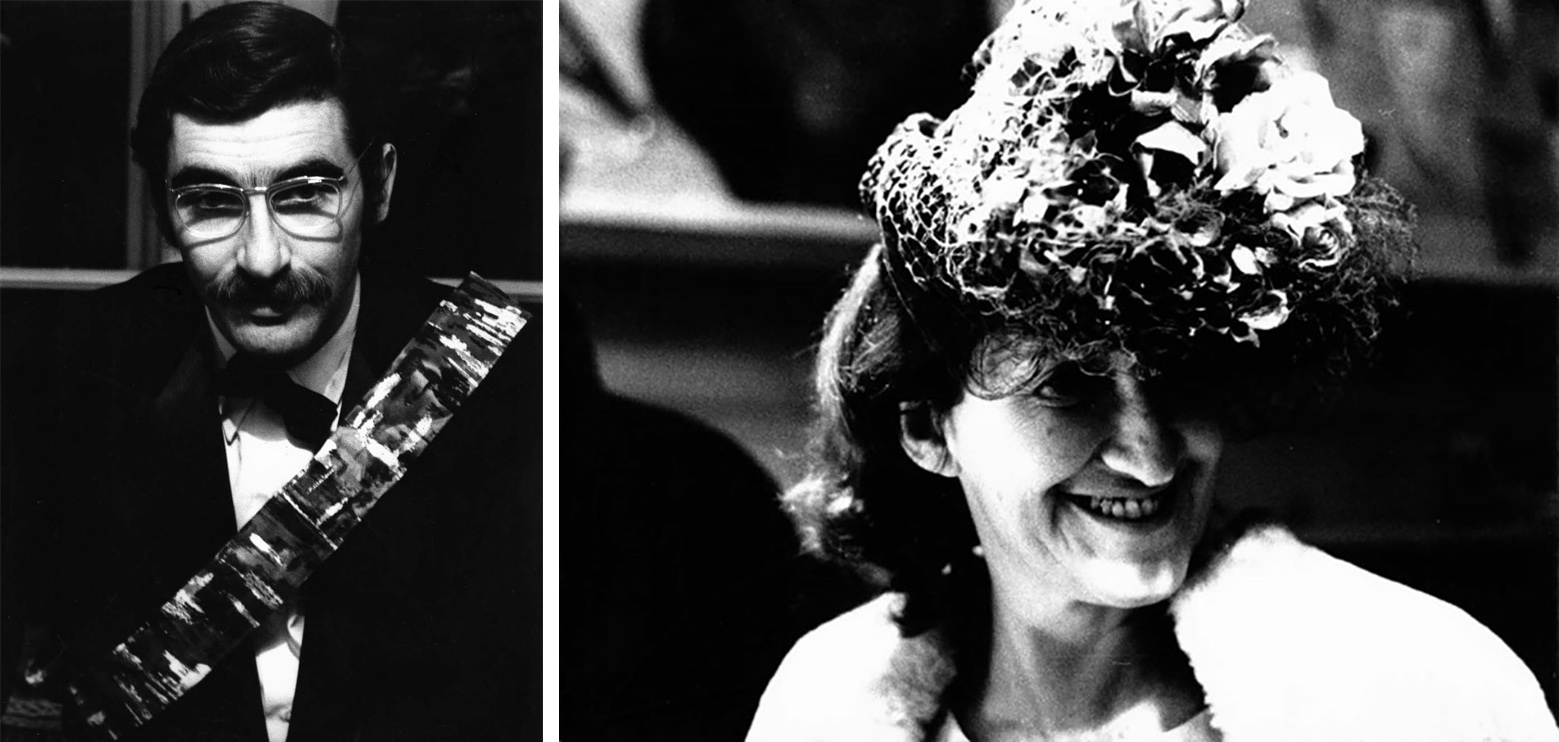
As the guests arrived, including Maria Girona, Toni Gelabert, Pep Bonet, and Albert Ràfols Casamada, they were invited to try out and wear hats and other accessories.
A record player featured a playlist of old-fashioned songs, using a soundtrack based on hit music records that the participants contributed. A DJ pretended to host a radio programme to take song requests from attendees. The event ended with a party.
